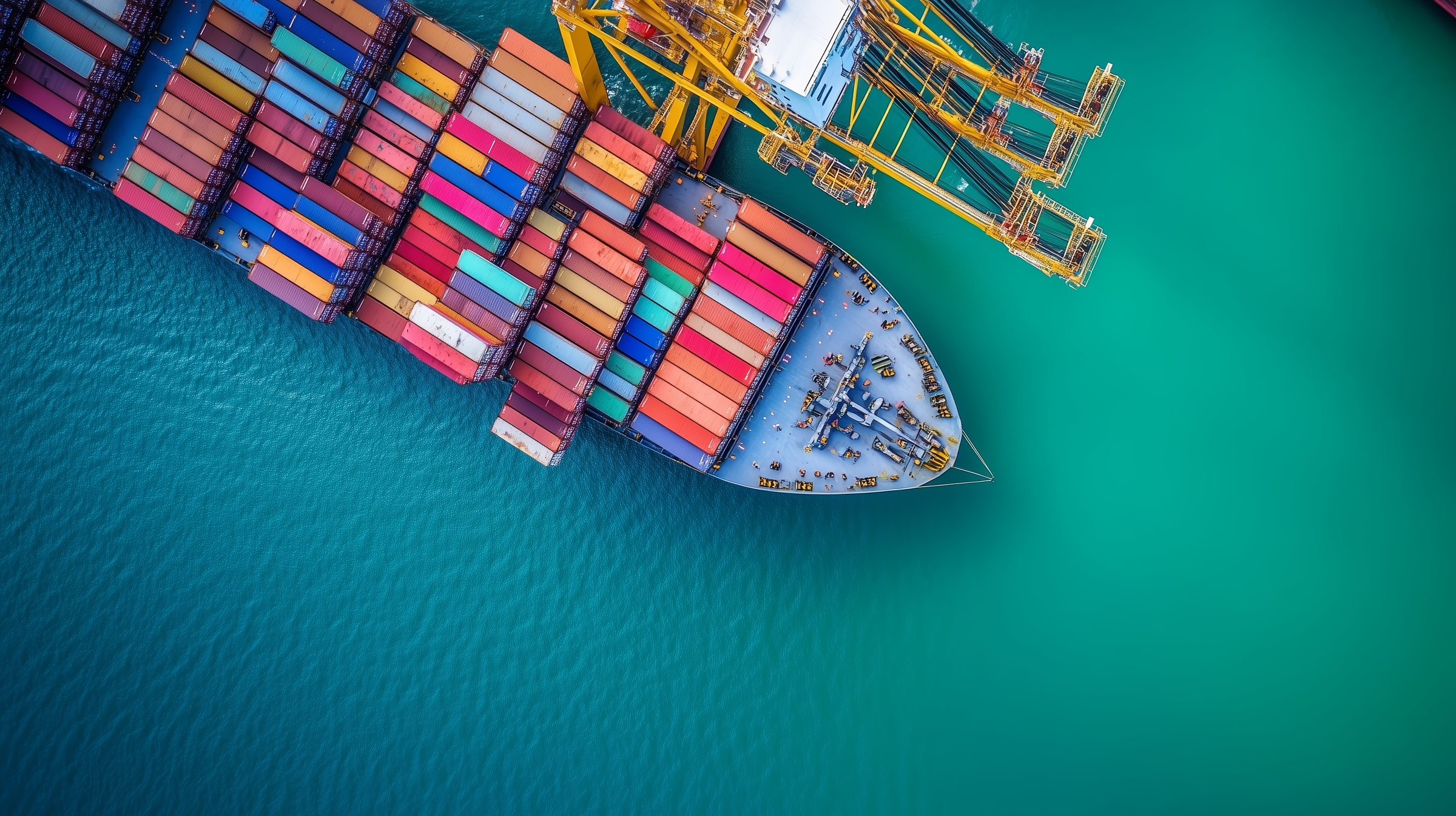
The container shipping industry has officially entered a newphase. After riding years of pandemic-era profitability, carriers arenow confronting a rapid swing in supply-demand dynamics that hassharply eroded financial performance. Q3 results show widespreadrevenue contraction, falling spot rates, and a gloomy outlook thatsuggests 2026 may be the industry’s toughest year since2019.
For logistics teams and shippers, this downturn isn’t justbackground noise — it will shape contract negotiations,capacity strategy, freight budgeting, and trade-lane routingthroughout 2026.
The root cause of the current profitability decline is simple: toomany ships, not enough cargo.
This widening gap has triggered a reset in carrier financials:
Q3 performance was the clearest warning:
Even though EBIT hasn’t fallen back to 2019 levels, the downwardtrend is unmistakable.
If one trade lane defines the industry’s current pressure, it’sthe Asia–US West Coast.
The result:
Analysts at J.P. Morgan do not expect meaningful rate recoveryunless carriers significantly increase scrapping or idling —neither of which is happening at scale.
While trans-Pacific trade is soft, the Asia–Europe market isproving more resilient.
On page 5, the Xeneta chart shows averageshort-term rates rising above 20% since Oct 1,reaching $2,349/FEU. Carriers have managed to holdthese gains through:
Alphaliner notes that the success of Europe-bound GRIs is partly due to the timing:
Trans-Pacific contracts reset in May, while Europe’s were already under renegotiation pressure — giving carriers more leverage.
Blank sailings are now a core tactic. According to Xeneta’s eeSea data:
Expect carriers to continue using blank sailings extensively in2026 to defend pricing.
Oversupply traditionally signals lower BAF and base rates. Butbecause carriers are proactively managing capacity, shippers mayencounter sticky floors rather than dramaticcollapses.
Expect strategic capacity withdrawals, especially in Asia–Europeand trans-Pacific during low-demand months.
Shippers should evaluate:
In a volatile rate environment, real-time benchmarking andforecast accuracy are essential.
At Worldtop & Meta, we see clients increasingly balancingfixed contracts with dynamic spot tools and digital lane analytics tomaintain agility.
Despite the downturn, opportunities exist for shippers to lock inmore favorable terms — if they negotiate strategically and maintaindiversified routing.
Worldtop & Meta will continue monitoring these developmentsand advising clients across North America, Europe, and Asia as marketconditions evolve.